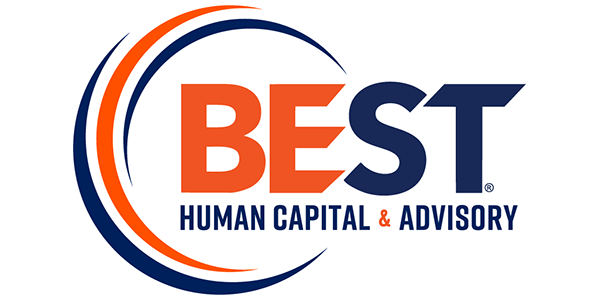
The Importance of a 13-Week Cash Flow Forecast
It is no secret that the recent pandemic has wreaked havoc on the global economy, pressuring businesses across all industries to take severe measures to “weather the storm” to ensure their survival. As businesses, both large and small, are forced to rapidly address their liquidity positions, we increasingly hear about actions aimed at preserving cash […]





